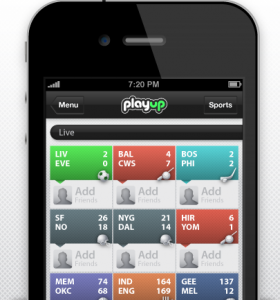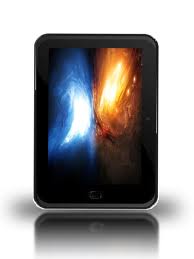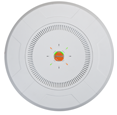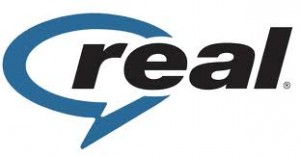We mocked it, just like everyone else. And I didn’t watch the game. But does that mean I’m going to deprive MSR readers from getting their fill of Pro Bowl tweets? Would we take a snarky stab at the event that nobody really wants except the players who get paid 50 grrr just to fly to Hawaii? Hell no! Here ya go!
First up is the Steelers’ Mike Wallace, who loved himself some Twitter. To which we say: Suck up.
Apparently Cardinals wideout Larry Fitzgerald was having a monster day, no surprise in the no-D thang that is the Pro Bowl. Larry even got out a shout to his grandmama:
MVP Brandon Marshall tried to explain his lucky catch. And here you thought the big guy only paid attention when Tebow was playing:
I guess New Orleans QB Drew Brees tried a drop-kick? He didn’t get to the sideline to tweet about it, but everybody else did. Don’t know who this is but I like his take:
Before the game Drew (or the assistant who handles his Twitter account) got in a sterile plug for Verizon’s NFL Mobile app. (Hint to Verizon PR: If you are shooting for that “authentic” Twitter pitch try to at least change the wording a bit from player to player if you know what we mean.)
Is this really the real Warren Moon? Are we the only people reading this old enough to remember who Warren Moon is? Never mind, it’s a good sum-up tweet:





















